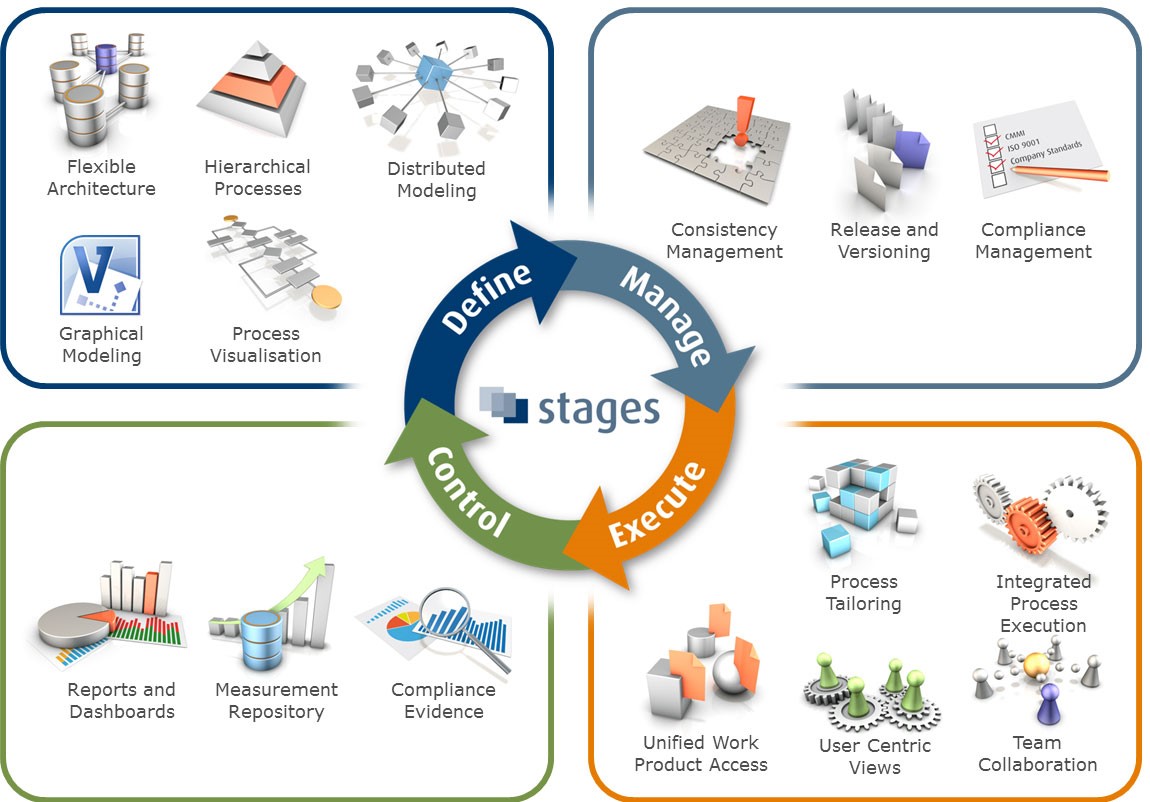For at least the last 30 years, minimum features of devices have decreased, and the cost per transistor has also decreased. Several IC makers have indicated that below the 20nm node, the cost per transistor is now anticipated to increase. Certainly, one driver of 450mm wafer transition is the anticipated decline in the cost to process wafers. The larger wafer size has an area 2.25X larger than the 300mm wafers, and fabs expect the 450mm equipment to be only ~1.5x the 300mm equipment. The fabs also hope the materials used for 450mm wafers will be less than 2.25X, thereby, reducing the cost to produce quality devices. A critical part of this equation will be whether the percent die yield at 450mm will be at least as good as 300mm, otherwise the cost per transistor will not be lower.
The transition to larger wafer sizes always has its challenges. For IC equipment OEMs, targeting the correct node is critical to success. If 450mm OEMs target 10nm and first production is at 7nm, significant process changes will have occurred and some 10nm tools may need significant modifications to meet 7nm expectations. As an example, transistor channels may use higher mobility materials such as Ge or InGaAs rather than Si at 7nm – a significant challenge to process optimization even without the added complexity of significantly larger wafers.
For IC materials suppliers, larger wafers often require re-optimizing materials’ mixing and delivery. As minimum features decrease, the size of “killer” defects also decreases and uniform material distribution on the larger wafers is critical to process yield and success. One of the more challenging processes for material distribution across the wafer is Chemical Mechanical Planarization (CMP).
Unlike some processes (e.g., Reactive Ion Etch, RIE), CMP is not easily modeled and requires significant experimentation to optimize a process for yield. Numerous factors control the quality of CMP results including the wafer pressure uniformity on the CMP pad, the pad compressibility and associated “bow-wave”, distribution of slurry chemistry and particles between wafer and pad, and local wafer surface temperature. When one moves from a smaller to a larger wafer, the slurry chemistry (e.g., H2O2 in Tungsten polish) might have a larger across-the-wafer variation as the significantly larger outer area of the 450mm wafer can possibly deplete reactant (e.g., H2O2) before the slurry reaches the center of the wafer. Certainly, one could intensify volumes of slurry to the pad surface, hoping that more slurry & reactants will be transported between wafer and pad, but this will result in increased consumables cost with limited improvement.
A preferred approach may include re-optimizing the slurry mix (abrasives and reactant chemistries) for larger wafers. While slurry suppliers recommend the amount of chemistry (e.g., H2O2), to add to the abrasive slurry for metal CMP, the optimum amount of H2O2 could vary with density of metal features remaining after CMP varies with design.
To optimize a process slurry, it would be advantageous to prepare small, precisely blended batches of slurries with different chemical concentrations and deliver them to the CMP tool. Typical large slurry blend systems do not have adequate precision and accuracy for small blend volumes and hand-blending may not adequately mirror fab blending. A system with high accuracy and precise blending with multiple input components into a smaller batch (i.e., 30l, 50l or 100l) would enable slurry mix blend optimization.
To this end, Mega Fluid Systems has developed the ProQual Blending System that allows labs, pilot lines, and fabs to experimentally optimize a slurry blend for each CMP process. The Pro-Qual blender will precisely dose up to 3 additives plus DI water to the base slurry. As an option, an analytics cart can be incorporated to perform analyses on the new slurry blend for such properties as pH, conductivity and particle size to further facilitate reproducibility.
The blended slurry is transferred from the Mega ProQual to a slurry distribution cart that allows the experimental slurry blend to be moved, filtered and dispensed directly at the CMP tool of choice. For multiple experiments, or for larger volume use, a second distribution cart can be filled while the first cart is in use. A small slurry distribution line (including pump, filters, etc.) could alternatively be attached to the ProQual to transport the slurry blend to the CMP tool.
The ProQual system is based on the quality control required for slurries in manufacturing and, once optimized, large volumes of the slurry blend can be transferred to HVM slurry blending and distribution systems.
The ProQual system has been successfully used to optimize slurries for the CMP process development phase and then subsequently used to blend precise slurry batches for yield ramp phase while installation of full manufacturing volume slurry blend and distribution systems is completed. Optimization of slurry blend components can potentially allow for lower overall CMP slurry flow (and thus cost of ownership) for 450mm wafer production.
Author: Karey Holland, PhD
Vice President of Process Technology – Mega Fluid Systems

